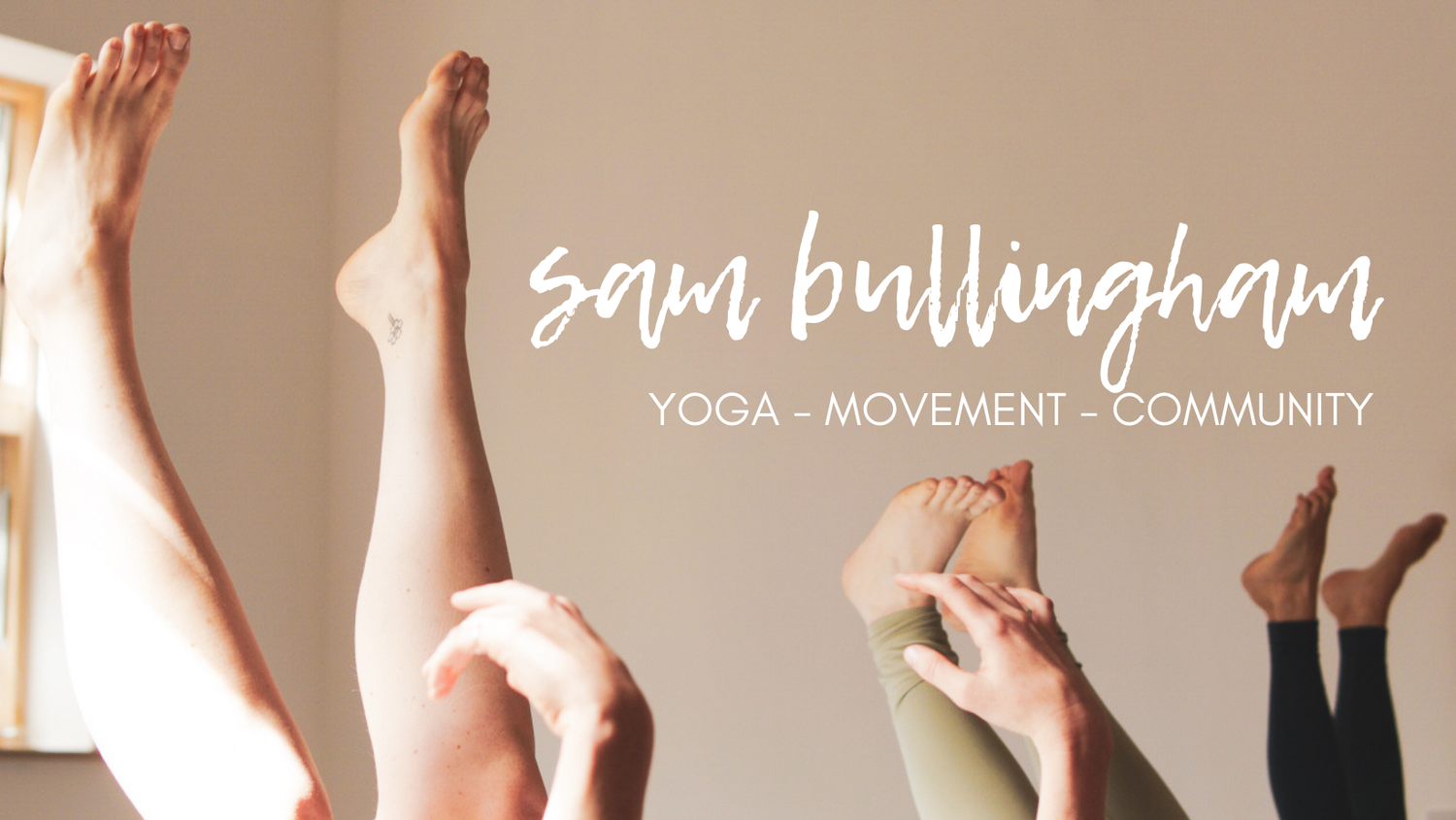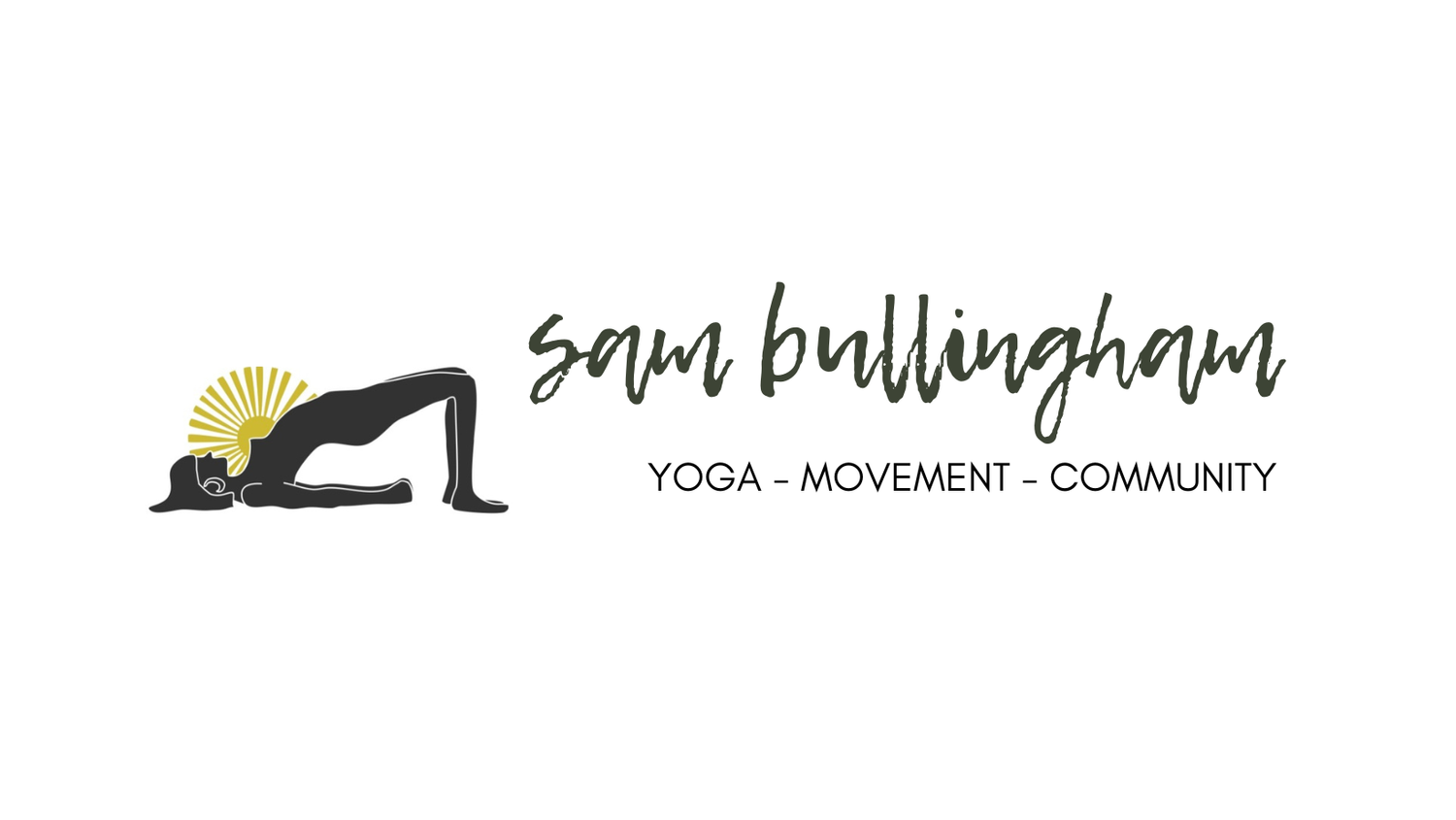Intuition Over Instruction
Hey there!
Ever find yourself in a yoga class, pushing through a pose that just doesn't feel right, all because the instructor said so? Or maybe you've been told that the path to healing or finding your truth lies in some external method or philosophy. It's like we're constantly being nudged to look outside ourselves for answers, isn't it?
But here's a thought: what if this idea—that our guidance and healing come from somewhere "out there"—is a story we've been sold? A story rooted in colonial mindsets that suggest our inner wisdom isn't enough. Spoiler alert: it's a total myth.
The Colonial Hangover
Think about it. Colonialism wasn't just about taking over lands; it was about imposing beliefs and systems, making people doubt their own ways and wisdom. This legacy has trickled down, teaching us to second-guess our gut feelings and lean on external authorities for direction.
Trusting Your Inner Compass
Imagine if we flipped the script. Instead of side-lining our intuition, we let it take the driver's seat. Especially for women, who've been told for eons to quiet their inner voices, this shift is like a breath of fresh air.
So, How Do We Start?
Tune Into Your Body: Whether it's yoga, dancing in your living room, or just stretching, pay attention to what feels good. If a pose feels off, skip it. Your body knows best.
Quiet Moments: Carve out time to sit in silence, breathe, and listen. Your inner voice has a lot to say when given the chance.
Write It Out: Grab a journal and let your thoughts flow. You'll be surprised at the insights that pop up.
Rest Up: Don't buy into the hustle hype. Rest is essential, not a luxury.
Find Your Tribe: Surround yourself with people who celebrate and encourage your journey inward.
Bringing It Home
Next time you're in a class or workshop, remember: you're the boss of you. If something doesn't sit right, honour that feeling. This isn't about being rebellious for the sake of it; it's about recognizing that you are your own best guide.
By leaning into our intuition, we're not just making choices; we're challenging outdated narratives that have tried to keep us small. So, let's start listening to ourselves a bit more. After all, who knows you better than you?
This perspective is why I choose to teach somatic movement. Somatic movement invites you to explore how movement feels from the inside, fostering a deep connection with your body's sensations. The term "soma" means "the body as perceived from within", emphasizing internal experience over external form. In my classes, you'll notice my language is invitational; I might cue, "notice how it feels to lift and lower your tailbone," rather than directing specific poses like cat-cow. This approach encourages you to honour your unique bodily experience, promoting self-awareness and personal agency in your practice.
The Benefits of Somatic Movement
Somatic movement offers numerous benefits by fostering a deep mind-body connection. Engaging in these mindful practices can help release built-up emotions, alleviate chronic pain, and manage mental health concerns. By focusing on internal sensations rather than external forms, somatic movement enhances body awareness, improves balance and coordination, and promotes overall well-being. This approach empowers individuals to listen to their bodies, facilitating personal growth and healing.
What has somatic movement got to do with decolonialisation?
Somatic movement offers a pathway to decolonisation by reconnecting individuals with their bodies and ancestral wisdom, challenging colonial narratives that have historically suppressed indigenous knowledge and embodied practices. By embracing somatic practices, we honour and reclaim the rich, diverse traditions of movement and healing that colonialism sought to erase, fostering a more authentic and liberated relationship with ourselves and our histories.

